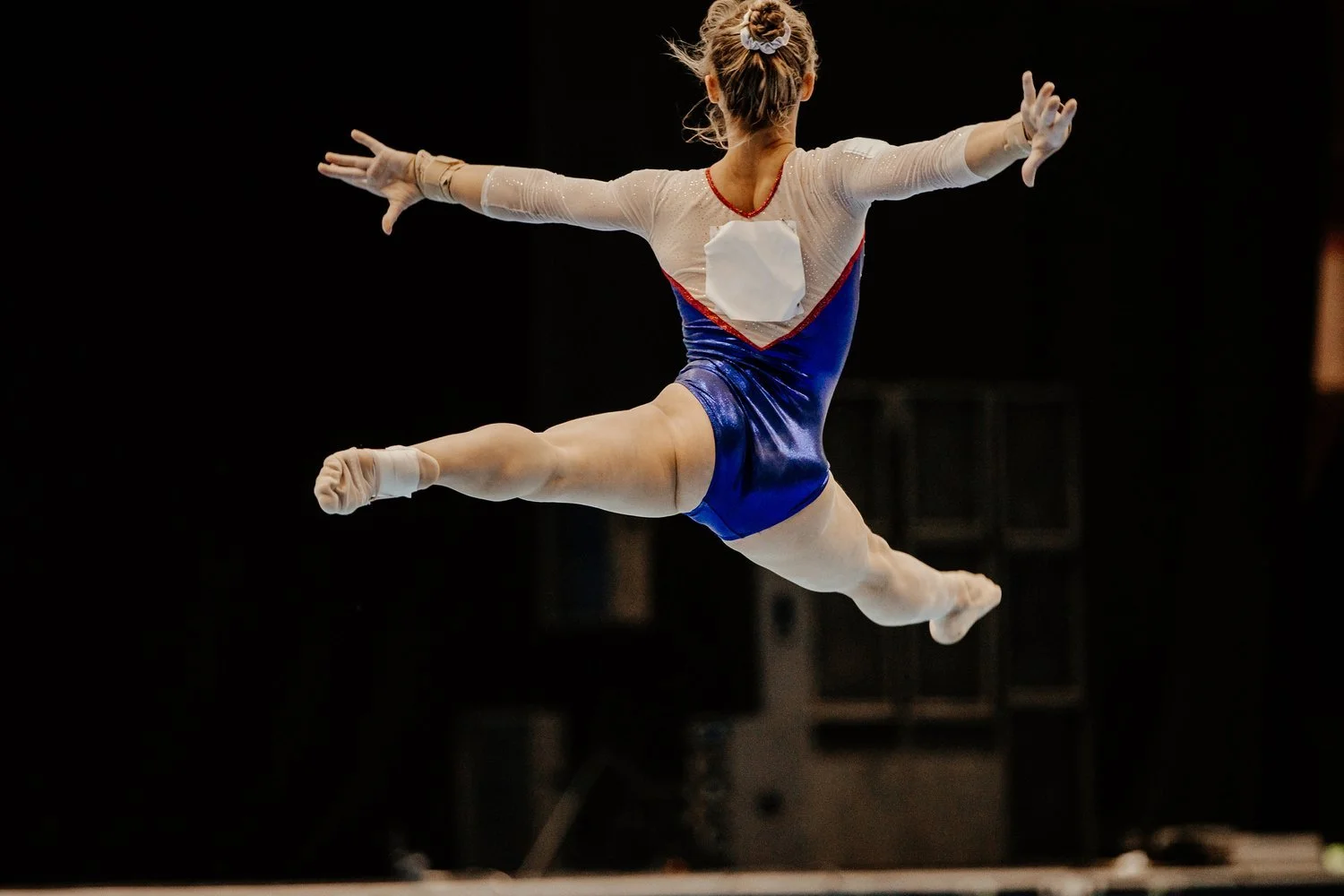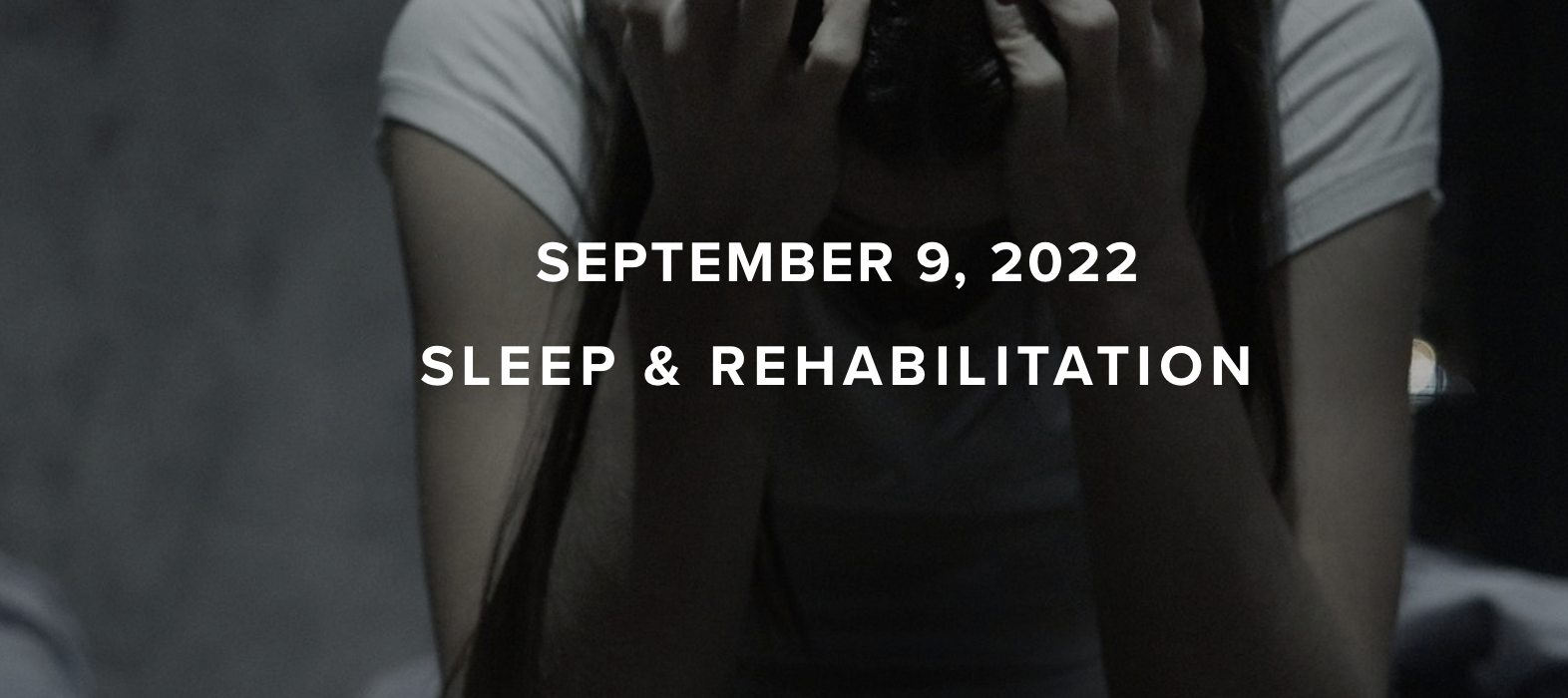Spondylolysis Injuries in Gymnasts:
A Discussion of Risk Factors, Findings and Treatment Approaches
Gymnastics is one of the most popular sports to watch in the summer Olympics. As a sport, it has been around since ancient times. It was introduced to the United States in the 1830's. There are now over 3,500 gymnastics clubs. Ten levels exist beginning with level 1. Competition begins in levels 2 and 3 at a very young age. The developmental levels range from 1-3, compulsary levels are 4 and 5 and then optional levels are 6-10, where the gymnast is no longer doing compulsary routines, according to Dr. Monique Burton, MD with Seattle Children's Hospital. Although there are seven different disciplines in gymnastics, artistic gymnastics is the form that is familiar to most people. The four events for females include uneven parallel bars, beam, vault and floor exercise. The events for males include floor exercise, pommel horse, still rings, vault and parallel bars.
Why are Injuries Prevalent in Gymnastics?
Due to the nature of the sport, gymnastics injuries are often an unfortunate reality. Gymnasts who excel in the sport are exceedingly flexible. The risk of injury becomes greater as the level of difficulty and repetition progresses. Growth also affects the risk of injury. Often, there is a lack of neuromuscular control as bodies change and grow during the years of skeletal maturation. The inability to control velocity and stabilize dismounts adds significant risk for injury along with the excessive lumbar extension young gymnasts demonstrate. As a result, the lumbar spine (low back) is vulnerable to injury. A leading lumbar spine injury in young gymnasts is spondylolysis. Spondylolysis is a stress fracture of the lumbar vertebrae at the site of the pars interarticularis. The hyperextension (excessive backward bending of the lumbar spine) seen in gymnasts puts them into one of the highest risk sports for spondylolysis. The major cause of spondylolysis is frequent and/or excessive extension (backward bending) in the lumbar spine. Dancers are also at a very high risk. Other sports with increased incidence include football, weightlifting, tennis, diving, sprinting and jumping hurdles where a hyperextended lumbar spine can be observed.
““The typical symptoms include midline low back pain that is worse with arching and sometimes impact and twisting.” ”
According to Dr. Steven Anderson, MD with Orthopedic Physician Associates in Seattle, "The typical symptoms include midline low back pain (maybe a little left or right sided) that is worse with arching and sometimes impact and twisting. There is no numbness, tingling or radiating pain. The pain is usually better with sitting or flexing....If there is pain at night, it is worse with lying prone and better with lying supine...Anyone who has symptoms like this or any back symptoms that have been present on a consistent basis for more than 1-2 weeks should be evaluated by someone who has the tools and training to diagnose and treat spondylolysis." He also states this condition usually occurs in adolescence prior to skeletal maturation. Often X-rays taken in most medical clinics do not pick up the fracture. There is also a possibility that the “spondy” will show up on x-ray, but it may not be the source of the symptoms. This diagnosis is further complicated as usually there is not a specific event that caused the pain. "Spondy's" generally occur as an insidious onset. Physical exam findings, according to Dr. Anderson, often include a hyperlordotic lumbar posture, pain with extension or extension with rotation, a "stork test" which is positive when the patient stands on one leg and bends backwards and muscular pain that is present with a prone (on stomach) press up. The muscle pain that is present when pressing up from prone is secondary to the structures being loaded, such as the pars or facet joint. Negative findings include lack of pain with lumbar flexion (bending forward) and lack of significant dural tightness (nerve tension) in the legs.
““A spondylolysis may not appear on a standard X-ray. Other forms of imaging such as a bone scan/SPECT scan or an MRI will reveal the defect.””
When is imaging necessary for gymnasts with back pain?
As far as imaging, Dr. Anderson states a spondylolysis may not appear on a standard X-ray. Other forms of imaging such as a bone scan/SPECT scan or an MRI will reveal the defect. Dr. Anderson states some doctors do use a CT scan, but he cautions that it is possible to have a normal CT scan even when there is injury to the pars interarticularis. The CT scan may also show a defect in the pars even though it is asymptomatic. He does agree that ordering standard x-rays is still good practice so as to rule out other spinal conditions. In some cases, this injury can progress into a spondylolisthesis. In a spondylolisthesis, the fracture site becomes unstable and one vertebra will shift forward on the other. According to the American Academy of Orthopedic Surgeons, this slippage often occurs in adolescents who are undergoing rapid growth spurts. If slippage occurs, surgery may be indicated if the slippage is severe, symptoms continue to worsen and the low back pain does not improve from a time period of conservative treatment.
What is a Spondylolysis?
In respect to treatment for spondylolysis, there are many opinions and variations in management. The goals of treatment include reducing pain, allowing the pars fracture to heal and returning the patient to their activity or sport according to the American Academy of Orthopedic Surgeons. If the injury is captured early and treated properly, it has an excellent chance to heal without further issue. If the injury is not treated in a timely manner and in an appropriate way, the rate for success decreases with further risk for progression to a spondylolisthesis or a chronic condition. There are some variables in common among physicians for treatment including a period of rest, followed by a progression to a strengthening program focusing on the deep core muscles with eventual progression to sport specific movement patterns and finally a return to the activity or sport. The disagreements in management often regard the period of time in the different phases of healing and whether a brace is indicated or not. Dr. Anderson does state that there can be a big gap between when the symptoms subside and when the bone has sufficiently healed. As a result, he cautions "it is dangerous to clear patients to go back to sports simply based on how they feel." He believes bracing is the most effective treatment initially for minimizing the stresses to the pars interarticularis. Dr. Anderson also states, "I am in favor of a minimum of 3 months of rest/brace followed by another 4-6 weeks to build up to full activity." He feels therapy can be done throughout the course of treatment, but puts more emphasis on P.T. exercises in the later half of treatment, as he feels there aren't as many exercises that can be done safely in the beginning.
““Treatment of spondylolysis is best carried out with a team approach between the athlete, physicians, physical therapists, athletic trainers, coaches and caregivers.””
Dr. Jordan Orr with Swedish Spine, Sports and Musculoskeletel Medicine in Bellevue states the following: "Treatment of spondylolysis is best carried out with a team approach between the athlete, physicians, physical therapists, athletic trainers, coaches and caregivers. Maintenance of core and pelvic girdle strength is an initial treatment goal and one that the gymnast should carry with them long-term, even into adulthood." A skilled orthopedic and sports physical therapist who understands the demands and mechanics of gymnastics or the given sport can play an essential role in both the rehabilitation of the athlete as well as set the athlete up for long term success. Addressing "why" this injury occurred from a perspective of biomechanics can help the athlete correct any faulty movement patterns that may reoccur after healing and help them return to their sport successfully. Once the athlete understands how to properly control their excessive backward bending, with the appropriate muscles and mechanics, they will then be empowered with the tools needed for optimal, injury-free performance.
How can physical therapy help a SPondylolysis?
Physical therapy plays a significant role in the management and rehabilitation of individuals with spondylolysis. Here's what physical therapy can do for someone with spondylolysis:
Pain Management:
Physical therapists can employ various techniques to help manage pain associated with spondylolysis. This may include modalities such as heat or cold therapy, electrical stimulation, ultrasound, or manual therapy techniques to reduce pain and inflammation.Core Strengthening:
Weakness in the core muscles can contribute to increased stress on the affected vertebrae. Physical therapists can prescribe specific exercises to strengthen the deep abdominal and back muscles, promoting stability and reducing the strain on the injured area.Flexibility and Range of Motion:
Restricted flexibility and limited range of motion can impact the spine's ability to move freely and may exacerbate spondylolysis symptoms. Physical therapists can develop stretching routines and techniques to improve flexibility, mobility, and spinal range of motion in areas that might be less mobile to decrease stress/strain on areas that are already excessively flexible.Posture and Body Mechanics:
Correcting posture and teaching proper body mechanics is essential for individuals with spondylolysis. Physical therapists can provide guidance on maintaining proper alignment during daily activities, exercises, and sports to minimize stress on the spine. This includes bracing management and or taping.Activity Modification and Education:
Physical therapists can educate individuals with spondylolysis about activity modifications to prevent further injury and promote healing. This may include avoiding certain movements or sports activities that place excessive stress on the spine, while gradually reintroducing safe and appropriate exercises and activities. Return to Sport is a critical factor in physician, Parent, athlete, and PT communication.Manual Therapy:
Hands-on techniques such as joint mobilization, soft tissue mobilization, and spinal manipulation performed by a physical therapist can help improve joint mobility, reduce muscle tension, and enhance overall function.Functional Rehabilitation:
Physical therapists can develop personalized exercise programs tailored to the individual's specific needs and goals. These programs focus on improving functional abilities, such as balance, coordination, and proprioception, to enhance overall performance and reduce the risk of re-injury. This includes sports specific requirements and demands that a coach and or sport will require. Coach communication with the PT is critical.Patient Education and Self-Management:
Physical therapists provide education on proper body mechanics, ergonomics, and strategies for self-management of symptoms. This empowers individuals with spondylolysis to take an active role in their recovery and reduce the likelihood of future complications.
Physical therapy for spondylolysis is typically individualized based on the severity of the condition, specific symptoms, and the patient's overall goals. Working with a skilled physical therapist can help individuals with spondylolysis regain strength, improve function, and optimize their quality of life while minimizing the risk of further injury.
AUTHOR:
Anne Harmon Grout, PT, MSPT, BSHSE
CONTRIBUTORS:
Dr. Steven J Anderson, MD
Orthopedic Physicians Associates-Pediatric Sports Medicine-Seattle
Dr. Monique Burton, MD
Seattle Children's Pediatric Sports Medicine
Dr. Jordan Orr, MD
Swedish Spine, Sports & Musculoskeletal Medicine, Bellevue
Ben Wobker, PT, MSPT, CSCS, CFSC, SFMA
MORE BLOGS
MORE WEBINARS
REFERENCES:
American Academy of Orthopedic Surgeons: (https://orthoinfo.aaos.org/en/diseases-conditions/spondylolysis-and-spondylolisthesis)















